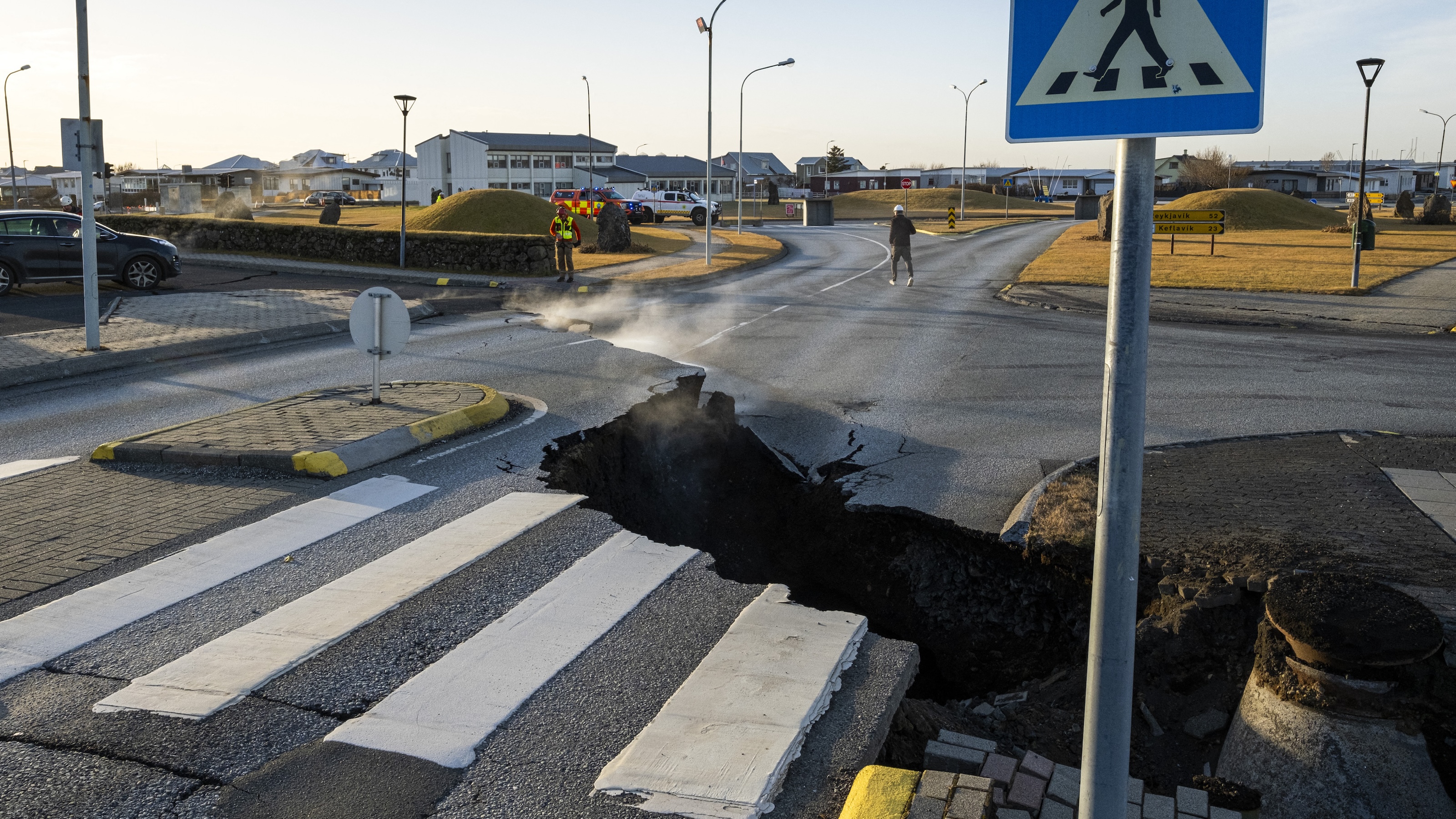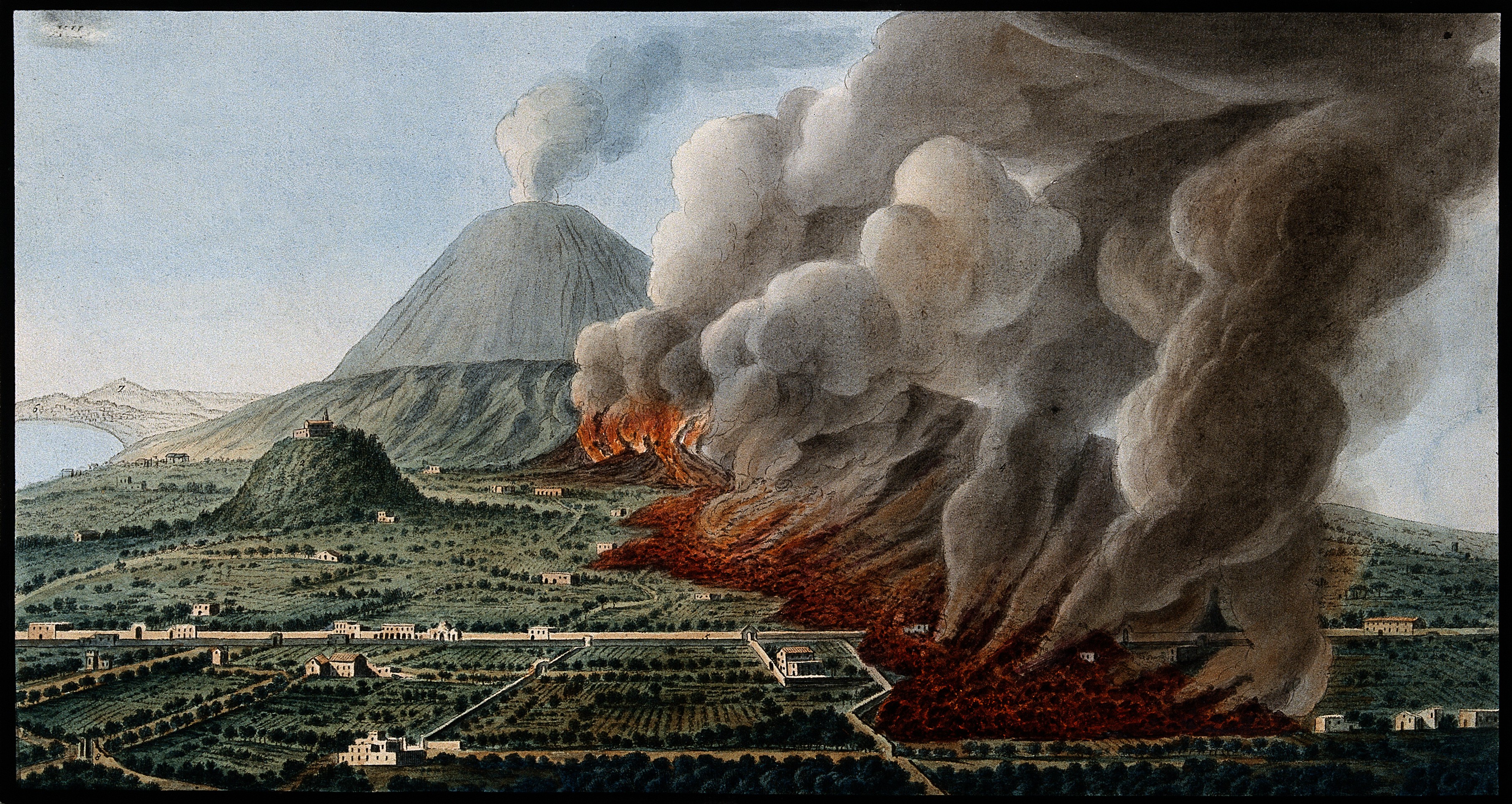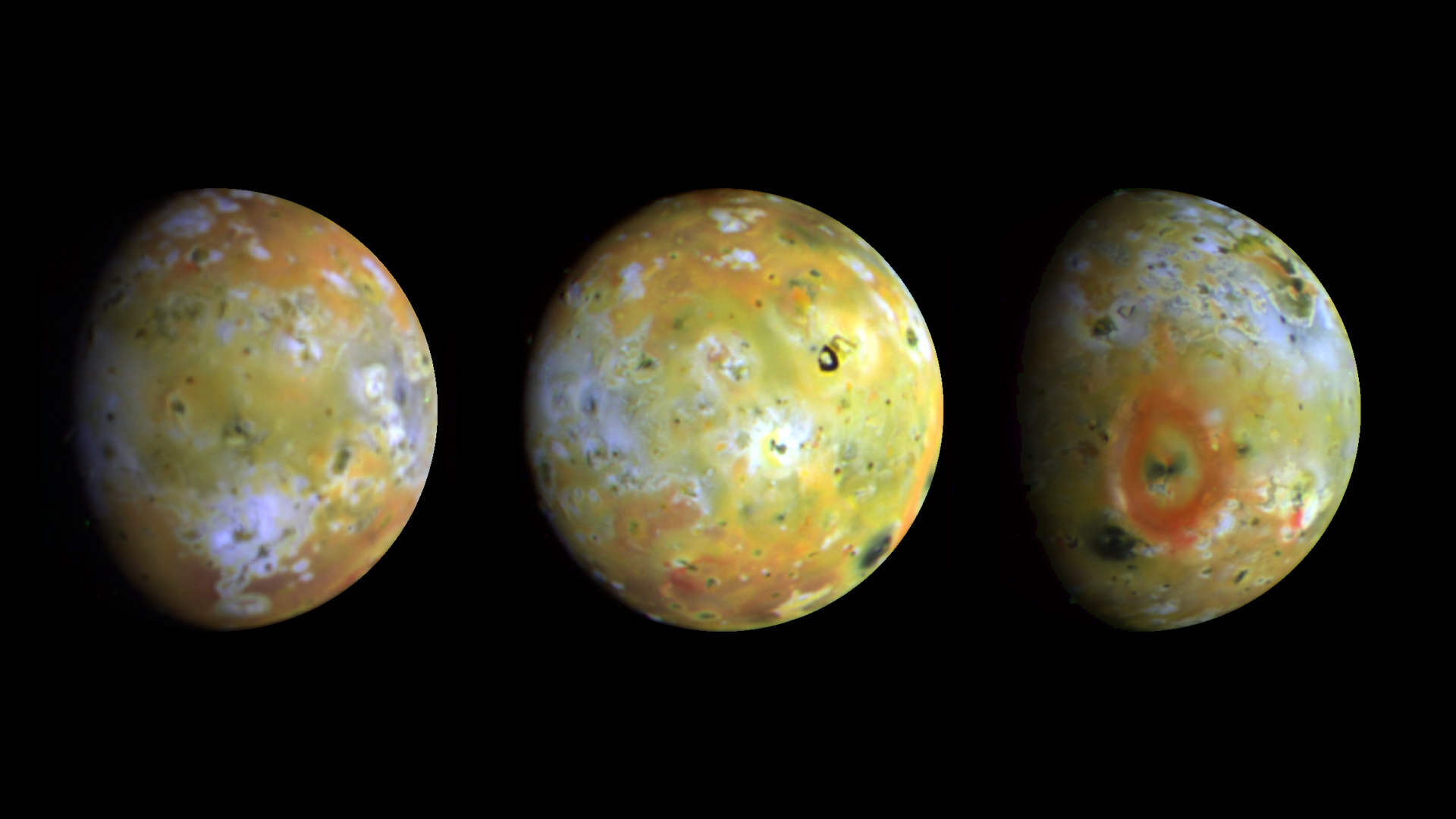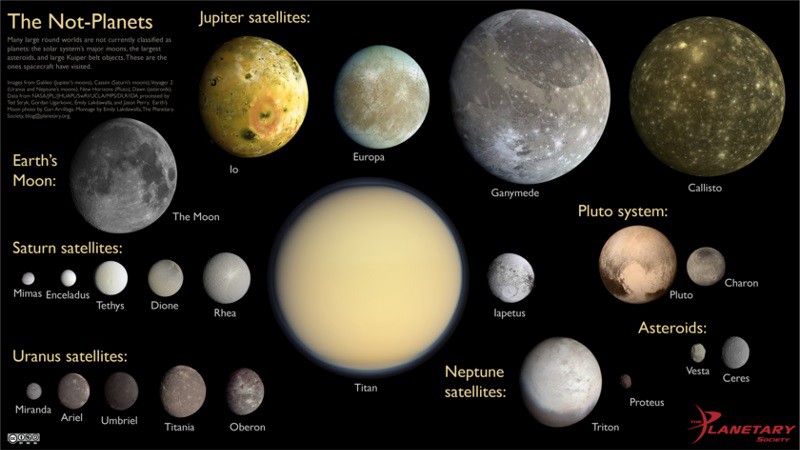Monday Musings: Kilauea, Pacaya, Eyjafjallajökull and more!
Kilauea’s two lava lakes, up close with Pacaya, mining sulfur in Indonesia and the latest from Iceland.
Sign up for the Smarter Faster newsletter
A weekly newsletter featuring the biggest ideas from the smartest people
Looking for some volcano news – you’ve found it.
nn

nA shot of volcano “tourists” near the erupting Pacaya. Photo by the Associated Press.
nn
- n
- Eruptions reader Dr. Boris Behncke dropped a note that Kilauea has not one but two active lava lakes right now. The lava lakes can be seen on the webcams for the Halema`uma`u Crater and the Pu`u O`o flank vent. The latest status update from June 6th by the USGS Hawaiian Volcano Observatory talks about both the summit and rift activity (video) on Kilauea as well. Meanwhile, Hawaii 24/7 has a piece in the Volcano Watch series about whether residents of Maui need to be concerned about lava flows.
- Some stunning – both for the volcanology and the questionable judgement of gawkers – shots from Pacaya in Guatemala. People were getting right up and cozy with the erupting volcano – but you can check out shots of the latest lava flows from the volcano from the safety of your home.n
- And if you want to hear about working on an active volcano – but not in a glamorous Pierce Brosnan sort of way – check out this story on sulfur miners at Kajah Iwen in Indonesia. Needless to say, the volcanic gases being emitted from the fumaroles are full of toxic chemicals like hydrogen sulfide, sulfuric acid, hydrogen fluoride and more – but sulfur is an valuable industrial commodity, so someone has to mine it, usually by hand. At Kajah Iwen, 14 tonnes of sulfur are mined daily – and the men carrying the sulfur make $66 a day carrying ~133 kilo of sulfur down from the fuming summit.
- Eyjafjallajökull continues to rumble – either showing signs it might be headed for new activity or giving us a last gasp. The volcano continues to feel tremors and is producing a 4.5-6 km (15-20,000 foot) steam plume (icelandic) with some small explosions. The latest Icelandic Met Office status update (sadly, the IMO seems to only be updating the icelandic version) mentions material in the crater causing the explosions – likely hot vent material interacting with water creating phreatic explosions. Meanwhile, Easyjet and Airbus will be testing its new ash-avoidance system. The system uses infrared to detect ash up to 60 km away and at altitudes between 1.5-15 km (5,000 and 50,000 feet). I don’t know if I’d call the Airborne Volcanic Object Identifier and Detector (aka AVOID) a “silver bullet” like the article claims (video), but anything to make aircraft safer from ash would be an improvement.
- Lastly, I was sent this Arizona Republic article on Robert “R.B.” Trombley and the International Volcano Research Centre. I don’t have much comment on this beyond the dangers of the internet, the mainstream media and how we perceives “experts” in this age.
n
n
n
Sign up for the Smarter Faster newsletter
A weekly newsletter featuring the biggest ideas from the smartest people




